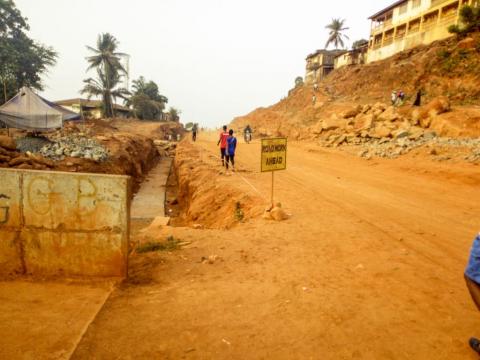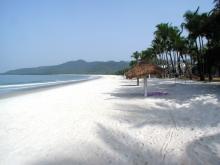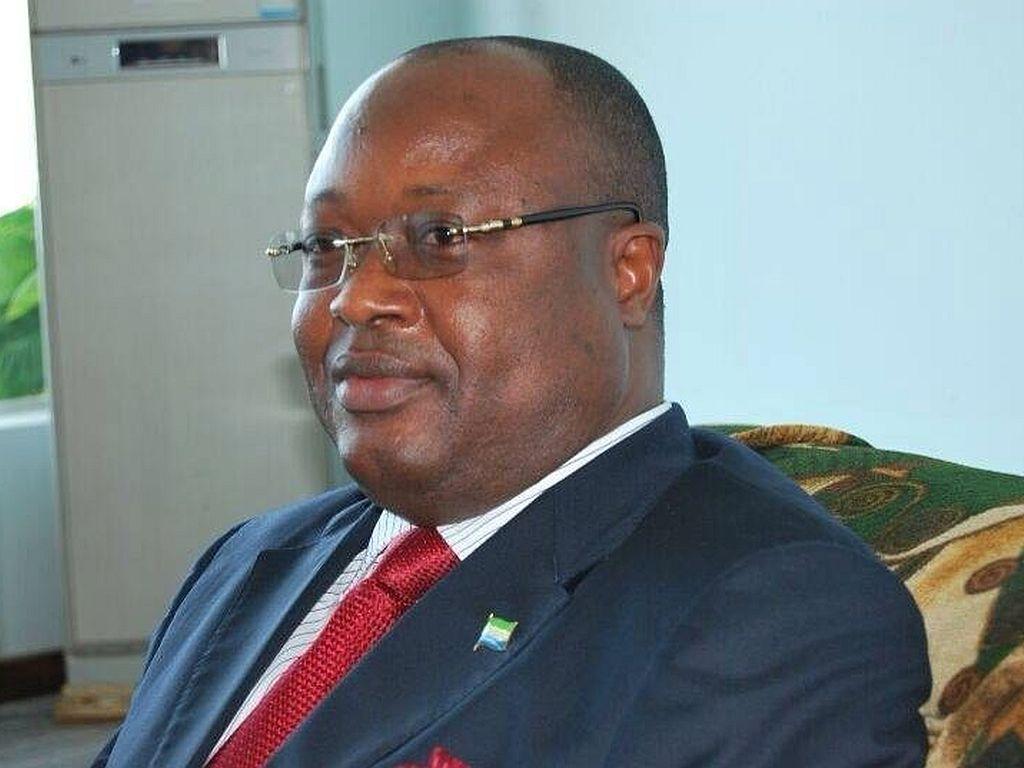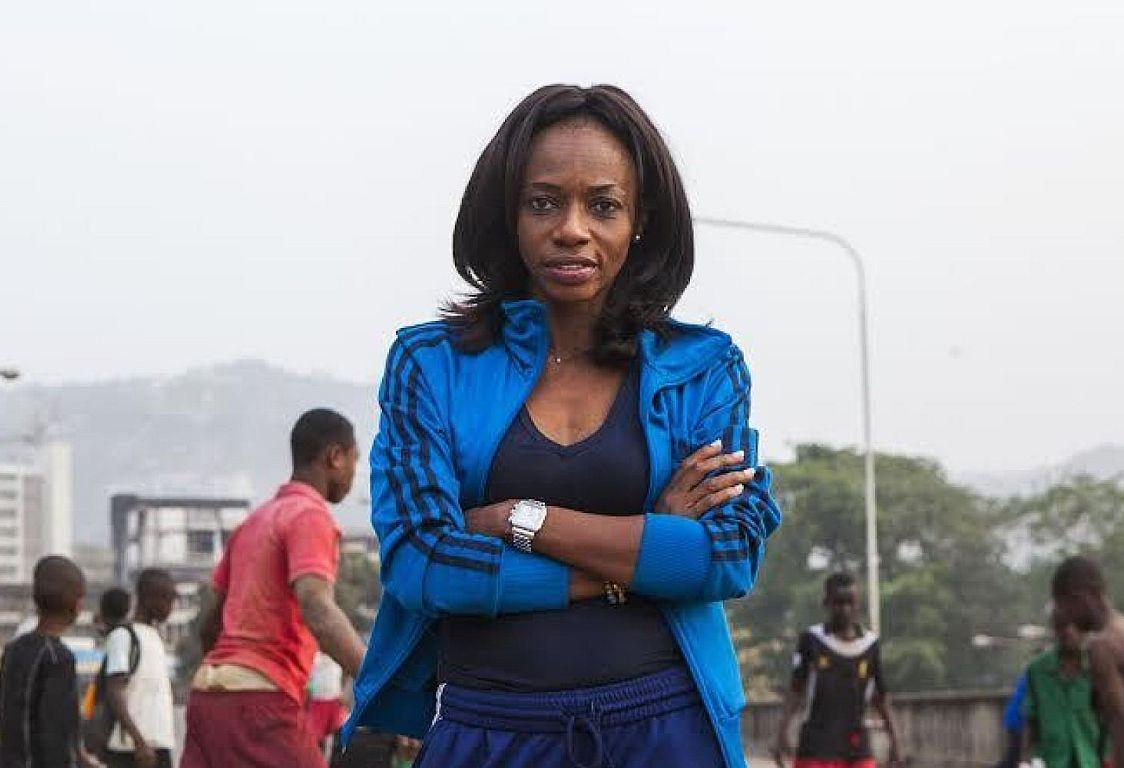By Mabinty M. Kamara
Amidst slow flow of funding, there is uncertainty over the fate of the long delayed construction of the Hill Side Bypass Road.
And the delay has raised environmental concerns, with residents lining the highway struggling to deal with the health implication of dust and constant danger of moving debris due to the construction work.
The Hill Side Bypass Road project is one of the oldest running road projects in the country, having started back in 2005. The 3.7 km long road runs from Dwazark Junction in the west end of the city to Black Hall Road in the east end.
It was initiated by the administration of late President Ahmad Tejan Kabba.
The project, designed in two phases, was meant to be co-funded by the government and several international development partners, among them the OPEC Fund for International Development (OFID) and the Kuwaiti Fund for Arab and Economic Development.
The initial funding for the project came from OFID through a US$6million loan agreement signed in 2005 as part payment for the first phase, which had several other co-funders. It entailed the construction of the road from Dwarzak Junction to Mountain Cut. But it wasn’t until in 2010 that work on that phase was commissioned and awarded to the Senegalese Construction Company, CSE. It was completed in 2015.
Although work on the second and final phase has been ongoing, it has been erratic and painfully slow.
The Sierra Leone Roads Authority (SLRA) blames the delay on failure of the government to provide its own contribution.
Patrick Lavalie, the Project Manager for the Hill Side Bypass Roada attached to SLRA, said phase two, which is 2.2 km long, was supposed to be funded jointly by the Kuwaiti Fund for Arab and Economic Development and the Government of Sierra Leone. He noted that while the Kuwaiti Fund had come through with its contribution, the government was yet to provide its counterpart funding.
The total cost of for the second phase is US$28 million.
“The Kuwaiti Fund is committing 67%, whiles the government of Sierra Leone is committing 33%. The project was commissioned in 2015 but construction work started in November 2016,” Lavalie explained.
He added: “In terms of cash flow in the project, it has been limited. The government has about 33% commitment and that has not been forthcoming since the start of the project. We have had intermittent payment from the government throughout the 30 months period. Payment have been coming mainly from the donor, unlike the side of government.”
The project was supposed to be completed last year May, but it was extended to May 2020. At the pace the work is ongoing, it is highly unlikely for this deadline to be met.
According to Lavalie, work ongoing at the moment involved aspects that are not capital intensive.
When completed, a major effect of the road is reduction of traffic congestion in the central business district of Freetown as it will serve as an alternative route to the east end of the capital city.
The four-lane stretch of road was designed to have culverts and drainages to curb flooding during the rainy season. Safety measures such as fencing, guardrails, traffic signs and pavement markings, were also part of the plan.
Initially, the plan also entailed constructing an overpass at the adjoining road connecting it to Blackhall Road. But this plan was later abandoned because of the additional financial implications.
Lavalie said the challenges to this included the possible demolition of hundreds of homes and the cost of compensations, which government might not be able to fund.
Amidst this uncertainty over the fate of the project, residents like Fatmata Bangura of Mafrell Lane are finding life difficult to cope with as a result.
“As work is currently on, we cannot dare to dry our clothes outside. As for the stones that come down, you don’t need to be told, you can see for yourself. And we are even now worried about the raining season, because when it’s raining season, my neighbors cannot sit outside their house,” she explained.
Fellow resident, Alhassan Munu, is more worried about the health hazards associated with the dusty nature of the road, due to the movement of construction trucks.
“In advanced countries, there are certain protective measures put in place for construction work in residential areas, but here we don’t have that. And a lot of diseases are contracted by air,” lamented Munu.
Munu said even though they wanted development, they didn’t want it to come at the cost of their health.
In response to the concerns from the community, Lavalie said that the project had an environmental protection aspect of it. He said they were building stone walls. And to minimize the dust pollution, he said, SLRA also sprinkled water on the road once in a while.
Copyright © 2020 Politico Online








